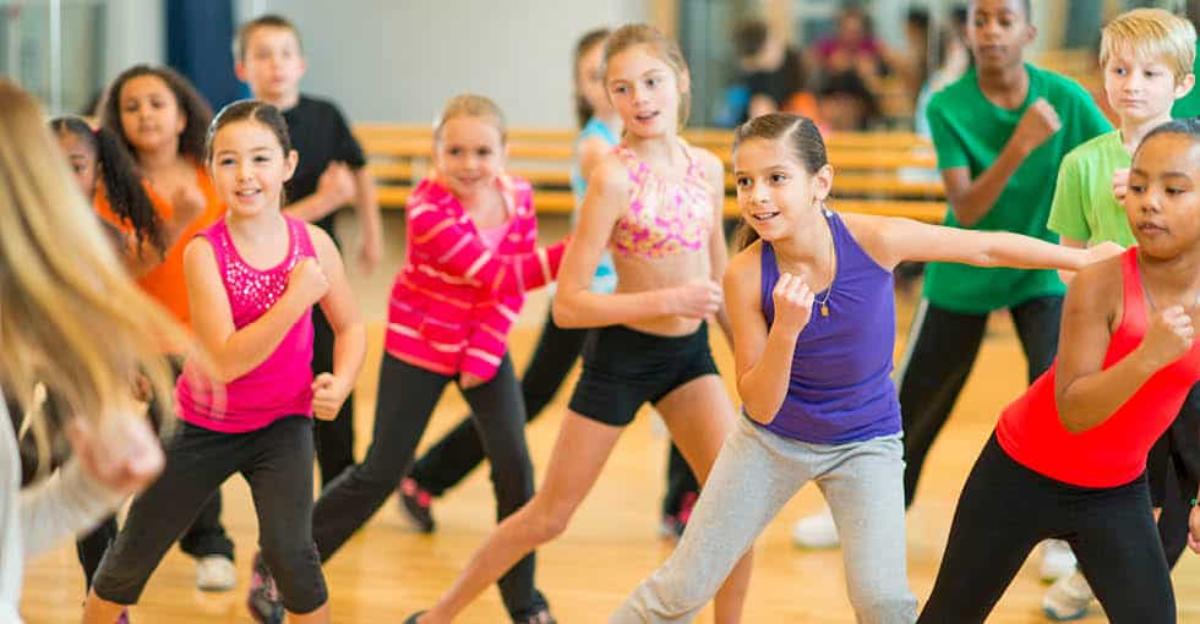Some youth in your after school program could play basketball for days; others beg for more soccer; another faction would rather dance; while still more would choose to walk and talk with their friends. How can you please them all? Well, to be honest, you may never make them all happy at the same time. But that isn’t your job. Pleasing everyone at once may be impossible; as with foods, everyone has different tastes. Even if you did find something that makes everyone happy, you shouldn’t play it every day. Again, like foods, kids need a wide variety. They should be exposed to all sorts of activities from traditional team sports and games to cooperatives, dances, and non-traditional activities. They need to expand their horizons and experience an assortment of games and activities throughout the year in your program.
So, what can you introduce that they haven’t already tried? Non-traditional sports and activities from around the world! Most of your participants have been exposed to the typical American versions of basketball, softball/baseball, football, soccer, and maybe volleyball. They may already know the Electric Slide, the Cotton-Eye Joe, and the latest dance craze going around. To find things they haven’t done before, try looking to other countries’ sports and dances. Aside from broadening their horizons and teaching them activities from around the world, there are additional benefits. When all players have never tried an activity before, there is a uniqueness factor that engages everyone equally. Also, when all are new to it, they all start at square one. This levels the playing field, at least for a little while, so your highly-skilled athletes know what it feels like to be in the learning stage and everyone is equally challenged.
Here are a few you might want to try:
Modified Sepak Takraw
This sport from Indonesia combines soccer-type skills with rules found in volleyball. It is played on a small court (badminton size will do) with a net around 5’ high. (I recommend starting with a “net” made from 12”cones to ensure success, then raising it as your players gain skills.) There are three players per side (one near the net, the other two play the back court, forming a triangle) and the object is to hit an unreturnable ball (using legs and feet as in soccer) to the other team’s side. Play begins with a serve to the other team’s court and they have three hits to return it (as in volleyball). Serves are made with the front player tossing the ball to the player in the back right, who then uses their feet to serve the ball over the net. In the beginning you may want to use beach balls to slow down the ball speed so players have time to get under it. Then, when you move to faster balls, allow the ball to bounce between each hit, if needed. Score using rally scoring. When the serving team loses the point, a side-out occurs. Rotation moves clockwise. Play first to 10, or better yet, set up a Royal Court Tournament with five minute games. Teams who are ahead at the signal move up a court, and those behind move down.
Teach and practice the skills of ball juggling, tossing and serving, and passing with a partner before actually teaching and playing the game. This way, your participants with have a few of the needed skills going in and will achieve some success on day one.
Dance
Try either of the following when teaching dance to spice things up:
- Teach dances from various cultures like the Irish Jig, the Hora, Pata Pata, La Raspa, Salsa, Korobushka, Marengue, Corozon Espinado, La Bomba, Norwegian Polka, etc. Look them up on YouTube.
- Allow participants to create their own dance using specific criteria. Get into pairs or small groups. Groups choose the music they want (clean versions only) and choreograph a dance to the music. Be sure they cover the Intro, Verse, Chorus, Outro, etc. Give them plenty of time and help when needed. When finished, they can show the whole group. Allow them to teach each other their dances and, finally, share with their families.
Now get out there and give your kids something fresh, fun, and new to get excited about!
BJ Williston
BJ Williston, M.Ed. has a Master’s Degree in Education with an emphasis on Adapted Physical Education, and holds a California Teaching Credential in Physical Education and Adapted Physical Education. BJ has worked in the Physical Education/Physical Activity field since 1984. She has taught Physical Education in Hawaii, Oregon, and California at all levels Pre‐School‐College.







Leave a Reply